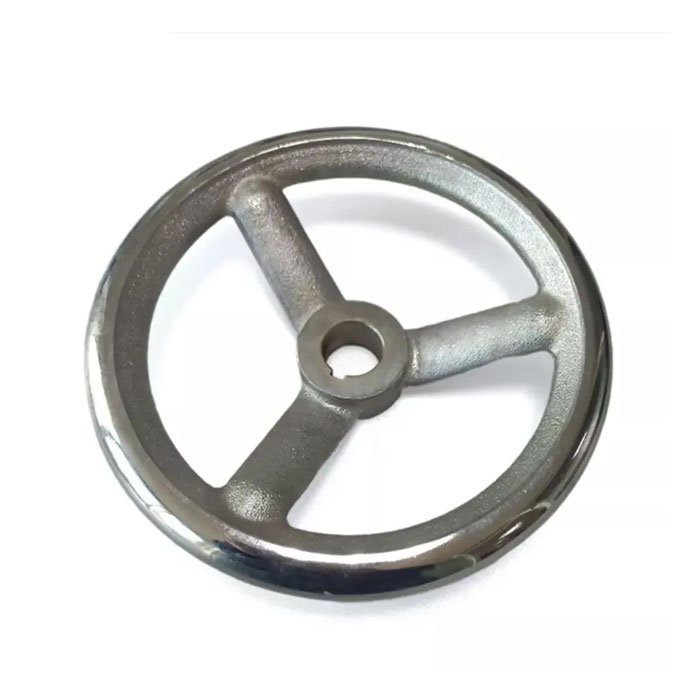Crafting Excellence: The Intricate Process of Manufacturing Stainless Steel Boat Steering Wheels
2023-12-20
Introduction:
As vital components in a boat's helm, steering wheels not only play a functional role but also contribute to the overall aesthetics of the vessel. When it comes to premium quality and durability, stainless steel boat steering wheels stand out among the options. In this blog post, we will delve into the fascinating process of manufacturing these essential maritime elements and the materials that bring them to life.
1. Material Selection:
The journey begins with the careful selection of high-quality stainless steel. Typically, marine-grade stainless steel, such as types 316 or 304, is chosen for its corrosion resistance, strength, and durability. This material ensures that the steering wheel can withstand the harsh conditions of the marine environment.
2. Design Phase:
Before the manufacturing process begins, a meticulous design phase takes place. Designers create blueprints and 3D models that consider both the functional requirements of a steering wheel and the desired aesthetic appeal. This phase often involves input from naval architects, engineers, and design experts to ensure the steering wheel meets safety standards and ergonomic considerations.
3. Precision Machining:
Once the design is finalized, the manufacturing process kicks off with precision machining. Advanced CNC (Computer Numerical Control) machines cut and shape the stainless steel according to the specified design. This phase is crucial for achieving the desired form and dimensions of the steering wheel.
4. Casting (Optional):
In some cases, manufacturers may use casting techniques to create intricate designs or specific shapes. This involves pouring molten stainless steel into molds, allowing for the production of more complex and detailed steering wheel designs.
5. Finishing Touches:
After the initial shaping, the steering wheel undergoes various finishing processes. These may include polishing, grinding, or brushing to achieve a smooth and visually appealing surface. Some manufacturers also offer different finishes, such as a polished or matte look, allowing boat owners to customize the appearance of their steering wheels.
6. Welding (If Applicable):
For steering wheels with multiple components or those featuring unique designs, welding may be employed. Skilled welders join different parts of the steering wheel together, ensuring structural integrity and a seamless appearance.
7. Surface Treatment for Corrosion Resistance:
To enhance the stainless steel's natural corrosion resistance, manufacturers may apply surface treatments or coatings. This step is crucial for ensuring that the steering wheel can withstand exposure to saltwater and other harsh environmental conditions.
8. Quality Control:
Before the steering wheels are ready for distribution, rigorous quality control measures are implemented. Each steering wheel undergoes inspections to ensure it meets the specified design, dimensional accuracy, and performance standards. This step is critical to guarantee the safety and reliability of the final product.
Conclusion:
The manufacturing process of stainless steel boat steering wheels is a harmonious blend of precision engineering, artistic design, and material science. From material selection to the finishing touches, each step contributes to the creation of a durable, high-performance, and visually appealing steering wheel that enhances both the functionality and aesthetics of any boat's helm. Choosing a stainless steel steering wheel is not just a choice for quality—it's an investment in the artistry and craftsmanship that goes into every nautical masterpiece.



